Especial de Ariel Ferrero (arielferrero@hotmail.com)
Chicago, una de las ciudades que mejor representa las cualidades de Estados Unidos, personalidad, arquitectura, cultura y gastronomía, con música de jazz de fondo, fue escenario de una nueva edición de la IPW, el encuentro de turismo más grande del país, que este año se encontró con los desafíos que representa el nuevo gobierno de Donald Trump, cuyas políticas migratorias y arancelarias no pasaron por alto en el encuentro debido al impacto creciente sobre el turismo receptivo.
La cita, la 56 desde que comenzó este encuentro originalmente llamado Pow Wow, fue organizada con la profesionalidad de siempre de la U.S. Travel Association junto con el Brand USA, este año en la Ciudad del Viento, y ahora, la cuna del nuevo Papa León XIV.
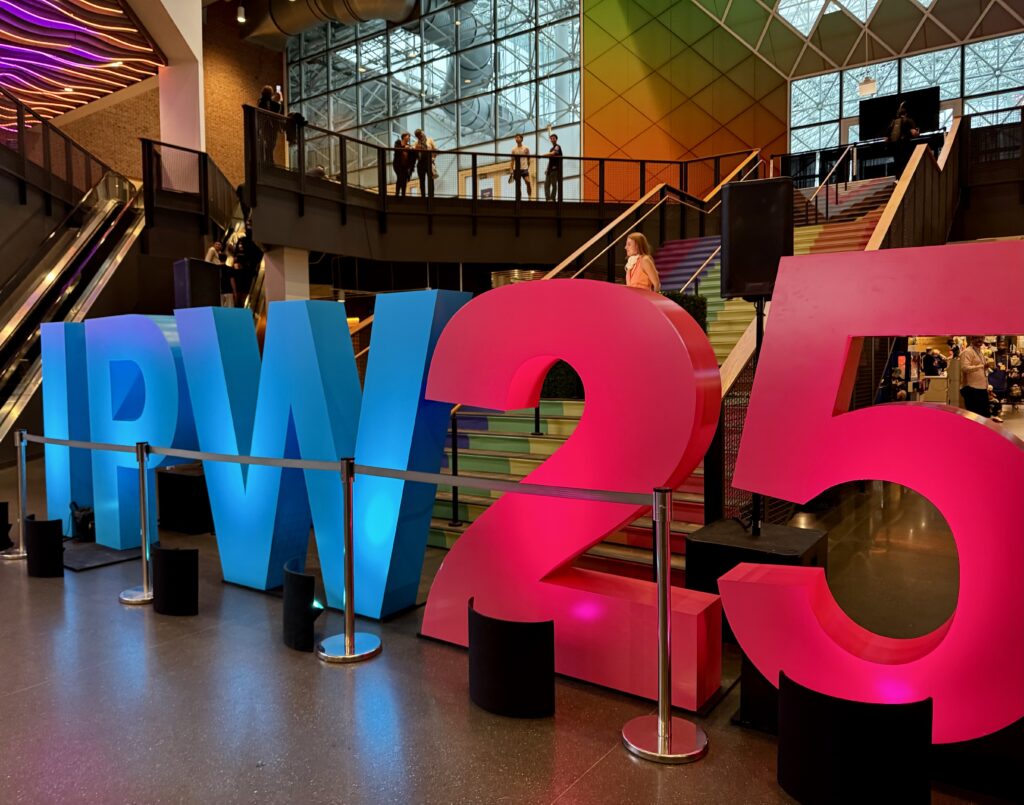
Poco más de 5.000 personas (de unos 60 países), entre compradores internacionales, expositores locales y medios de prensa (unos 550), se reunieron durante 3 jornadas en el McCormick Place, el Centro de Convenciones más grande Estados Unidos, recostado sobre el enorme Lago Michigan, uno de los cinco grandes lago del país (rodeado por los estados de Indiana, Illinois, Wisconsin y Míchigan).
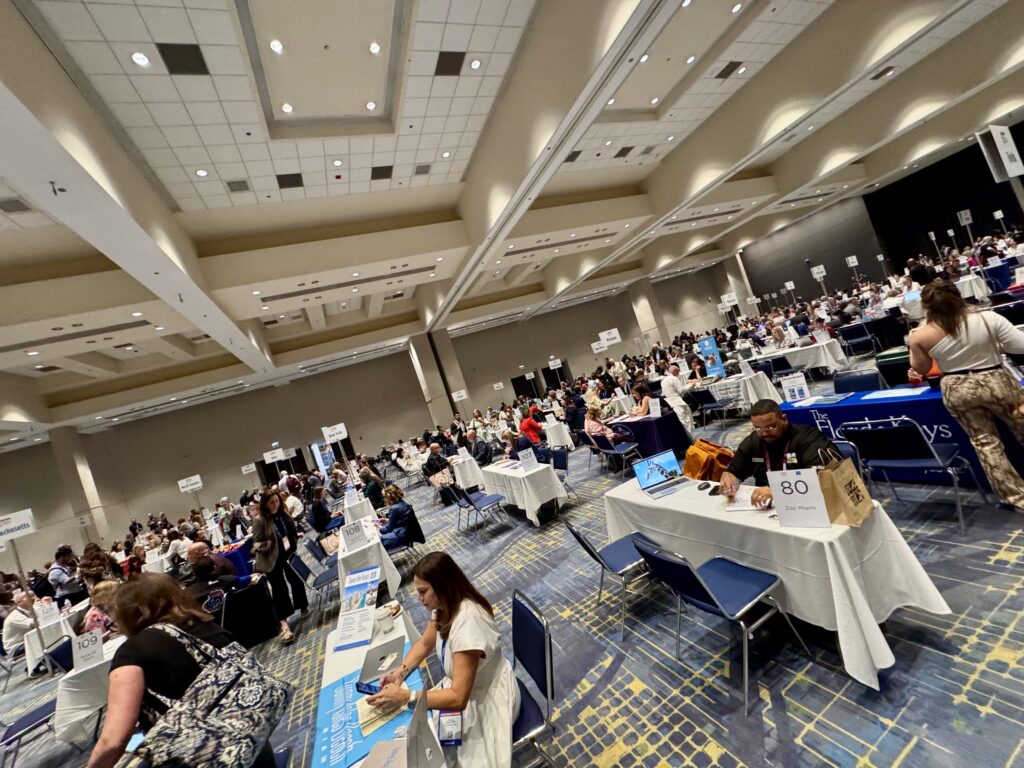
Una IPW marcada por las políticas de Trump
Aunque la organización reportó más de 6.000 delegados este año, se notó una reducción en el número de compradores y prensa acreditados. El caso de Canadá es especialmente significativo: el país, que en 2024 tuvo una presencia récord, ha reducido su participación de forma considerable, algo que también se refleja en el descenso del 52 % en las reservas hoteleras provenientes de ese mercado durante abril.
El dato es consecuencia de los ataques permanentes de Trump a su vecino del norte, al que considera como un estado más de Estados Unidos. Este dato se alinea con la percepción generalizada de menor tráfico internacional, tanto en la zona de stands como en los eventos paralelos.
Un enrarecido clima político pareció capturar la escena de la IPW. El encuentro comenzó precisamente el mismo día en que miles de personas machaban por las calles para protestar contra las políticas migratorias y arancelarias de Trump. Una movilización que finalmente se vio empañada por reclamos que nada tenían que ver con la convocatoria: banderas de la ex Unión Soviética y grupos que apoyaban al terrorismo palestino en Gaza en su guerra contra Israel.
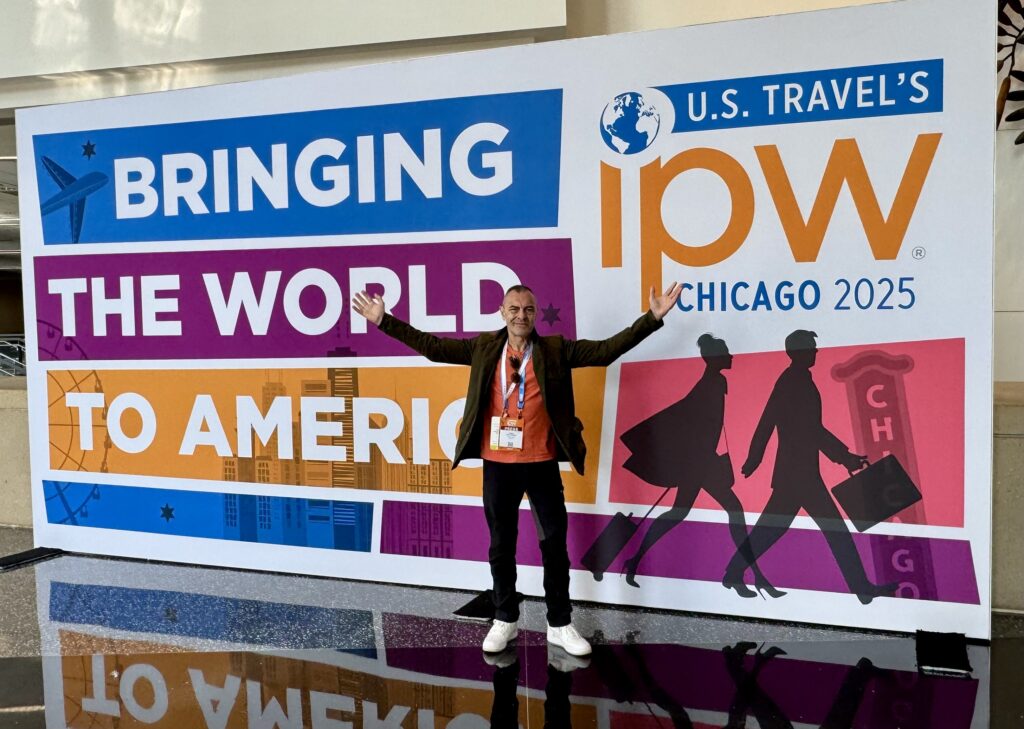
Precisamente son las políticas migratorias las que más preocupan a muchos representantes de la escena turística de Estados Unidos. Desde hoteleros hasta parques temáticos, oficinas de turismo y servicios, manifestaron sus dudas al respecto, esperando que la situación cambien de cara a la FIFA World Cup 2026, en la que se prevé un arribo masivo de viajeros, en particular de Sudamérica (Argentina, Brasil y Colombia, en ese orden).
“Sabemos que hay muchas cancelaciones de visas, además de demoras, y eso nos preocupa”, aseguró a ANSA un operador de servicios, que habló bajo condición de anonimato.
Una representante de uno de los parques temáticos más grandes de Estados Unidos dijo a ANSA que las nueva políticas del Trump, desde las migratorias hasta declaraciones desacertadas (como calificar a Canadá como el Estado 51), estaban dando un golpe al turismo receptivo.
En el caso de Europa, con quien Trump mantiene una tensa relación, la caída solo en marzo fue del 17%.
La resiliencia de un mercado imbatible
Sin embargo, los diferentes actores del sector que hablaron con ANSA subrayaron su confianza en la resiliencia del mercado del turismo, que ya se recuperó del duro golpe que representó la pandemia de Covid-19.
Fred Dixon, presidente y CEO de Brand USA, destacó durante el tradicional Brunch de prensa, en el estadio Wrigley donde los Cubs de Chicago juegan de local (es el segundo estadio de béisbol más antiguo de Estados Unidos), las cifras positivas del turismo de la Unión.
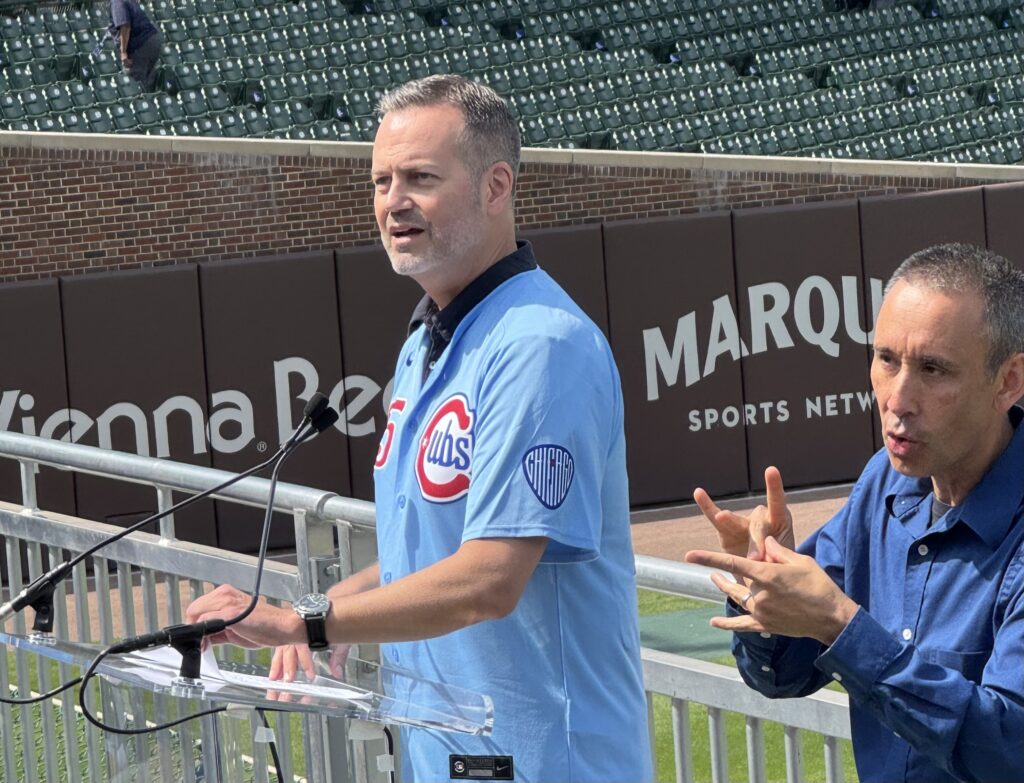
Dijo que el turismo internacional le aportó a Estados Unidos más de 700 millones de dólares por día en 2024. Destacó además la accesibilidad del país gracias a una conectividad que abarca 1.700 rutas internacionales yt 853 vuelos directos este año.
Según las cifras que dio a conocer durante la feria el Visit Orlando (destino que más turistas recibe del país, lo cual se entiende si tenemos en cuenta que allí operan los tres grandes parques temáticos, Disney, Universal y SeaWorld), Canadá resultó en 2024 el mayor mercado, con casi 1.300.000 visitantes, seguido por Reino Unido, Brasil, México y Colombia.
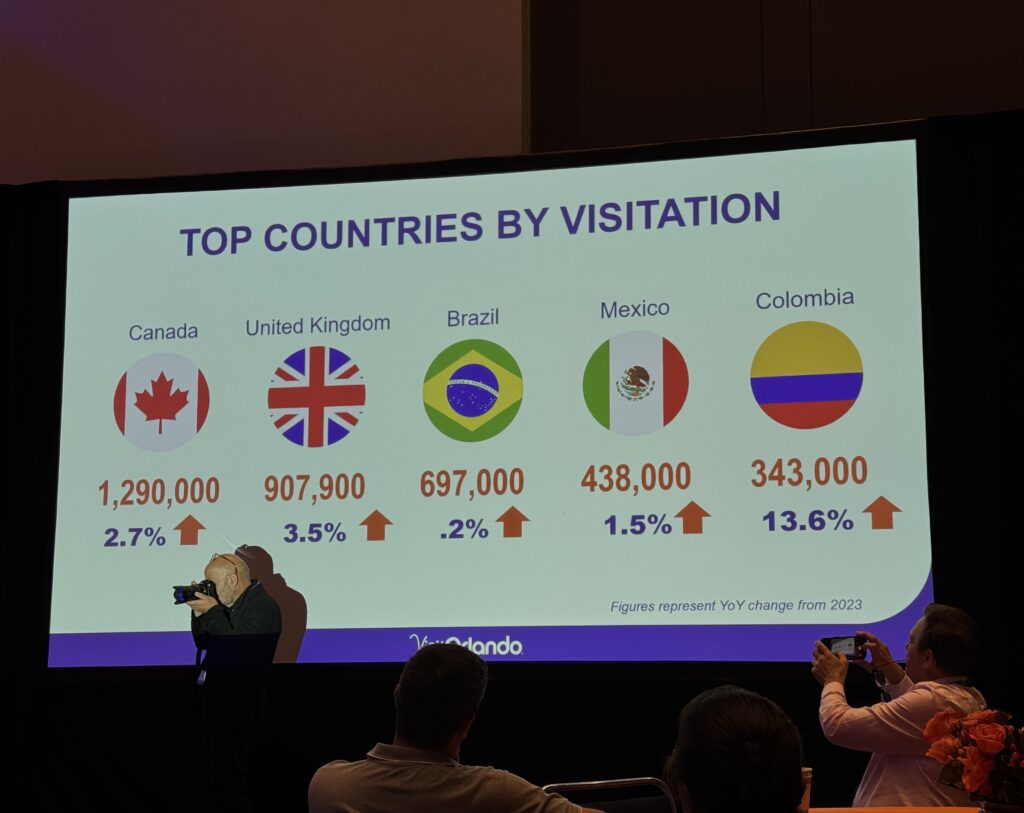
Por lo bajo, las autoridades de Orlando anticipan que para este año Canadá desaparecerá del Top 5. En este sentido, Danielle Saba Hollander, CMO de Visit Orlando, subrayó el crecimiento notable este año de mercados como Argentina, Perú y Chile, lo cual demuestra que la balanza cambia a favor de Sudamérica contra una caída de Europa.
ENGLISH VERSION
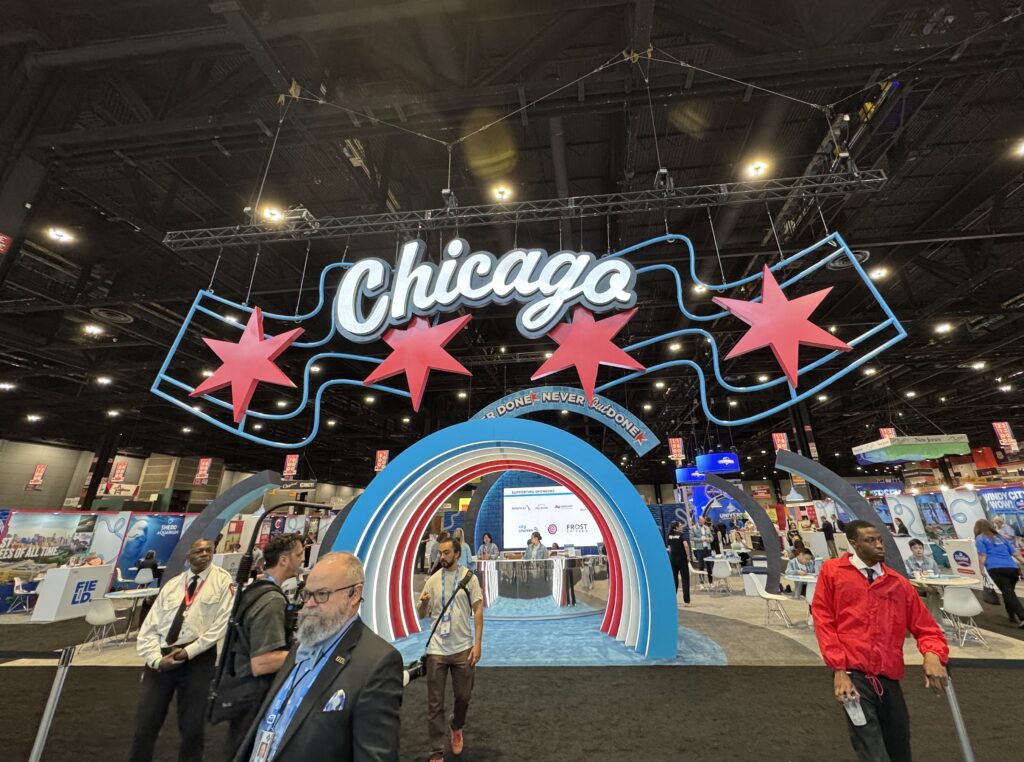
IPW Chicago 2025: Trump concerns and confidence in market resilience
Especial by Ariel Ferrero (arielferrero@hotmail.com)
Chicago, one of the cities that best represents the qualities of the United States—its personality, architecture, culture, and cuisine—with jazz music playing in the background, hosted a new edition of IPW, the country’s largest tourism event. This year, it faced the challenges posed by the new Donald Trump administration, whose immigration and tariff policies were not overlooked at the event due to their growing impact on inbound tourism.
The event, the 56th since the event, originally called Pow Wow, was organized with the usual professionalism of the U.S. Travel Association in conjunction with Brand USA. This year, it took place in the Windy City, and now the birthplace of the new Pope Leo XIV.

Just over 5,000 people (from some 60 countries), including international buyers, local exhibitors, and the press (around 550), gathered for three days at McCormick Place, the largest convention center in the United States, overlooking the vast Lake Michigan, one of the five great lakes in the country (bordered by the states of Indiana, Illinois, Wisconsin, and Michigan).

An IPW marked by Trump’s policies
Although the organization reported more than 6,000 delegates this year, a reduction in the number of accredited buyers and press was noted. The case of Canada is especially significant: the country, which had a record presence in 2024, has significantly reduced its participation, something also reflected in the 52% drop in hotel reservations from that market during April.
This figure is a consequence of Trump’s constant attacks on its northern neighbor, which he considers just another state in the United States. This figure aligns with the widespread perception of lower international traffic, both in the booth area and at parallel events.
A tense political climate seemed to grip the IPW scene. The event began on the very same day that thousands of people marched through the streets to protest Trump’s immigration and tariff policies. A mobilization that was ultimately marred by demands that had nothing to do with the event: flags of the former Soviet Union and groups supporting Palestinian terrorism in Gaza in its war against Israel.

Immigration policies are precisely the most concerning to many representatives of the US tourism scene. From hoteliers to theme parks, tourism offices, and services providers, they expressed their concerns about the matter, hoping that the situation will change ahead of the 2026 FIFA World Cup, where a massive influx of travelers is expected, particularly from South America (Argentina, Brazil, and Colombia, in that order).
“We know there are many visa cancellations, in addition to delays, and that worries us,” a service operator told ANSA, speaking on condition of anonymity.
A representative of one of the largest theme parks in the United States told ANSA that Trump’s new policies, from immigration policies to ill-advised statements (such as designating Canada as the 51st state), were hitting inbound tourism hard.
In the case of Europe, with whom Trump maintains a tense relationship, the drop in March alone was 17%.
The resilience of an unbeatable market
However, the various industry players who spoke with ANSA emphasized their confidence in the resilience of the tourism market, which has already recovered from the severe blow dealt by the Covid-19 pandemic.
Fred Dixon, president and CEO of Brand USA, highlighted the positive tourism figures for the Union during the traditional press brunch at Wrigley Field, where the Chicago Cubs play their home games (it’s the second-oldest baseball stadium in the United States).

He said that international tourism will bring more than $700 million per day to the United States in 2024. He also highlighted the country’s accessibility thanks to connectivity that includes 1,700 international routes and 853 direct flights this year.
According to figures released during the fair by Visit Orlando (the country’s top tourist destination, which is understandable considering that the three major theme parks, Disney, Universal, and SeaWorld, operate there), Canada was the largest market in 2024, with nearly 1,300,000 visitors, followed by the United Kingdom, Brazil, Mexico, and Colombia.

On the downside, Orlando officials anticipate that Canada will disappear from the Top 5 this year. In this regard, Danielle Saba Hollander, CMO of Visit Orlando, highlighted the notable growth this year in markets such as Argentina, Peru, and Chile, which demonstrates that the balance is shifting in favor of South America against a decline in Europe.



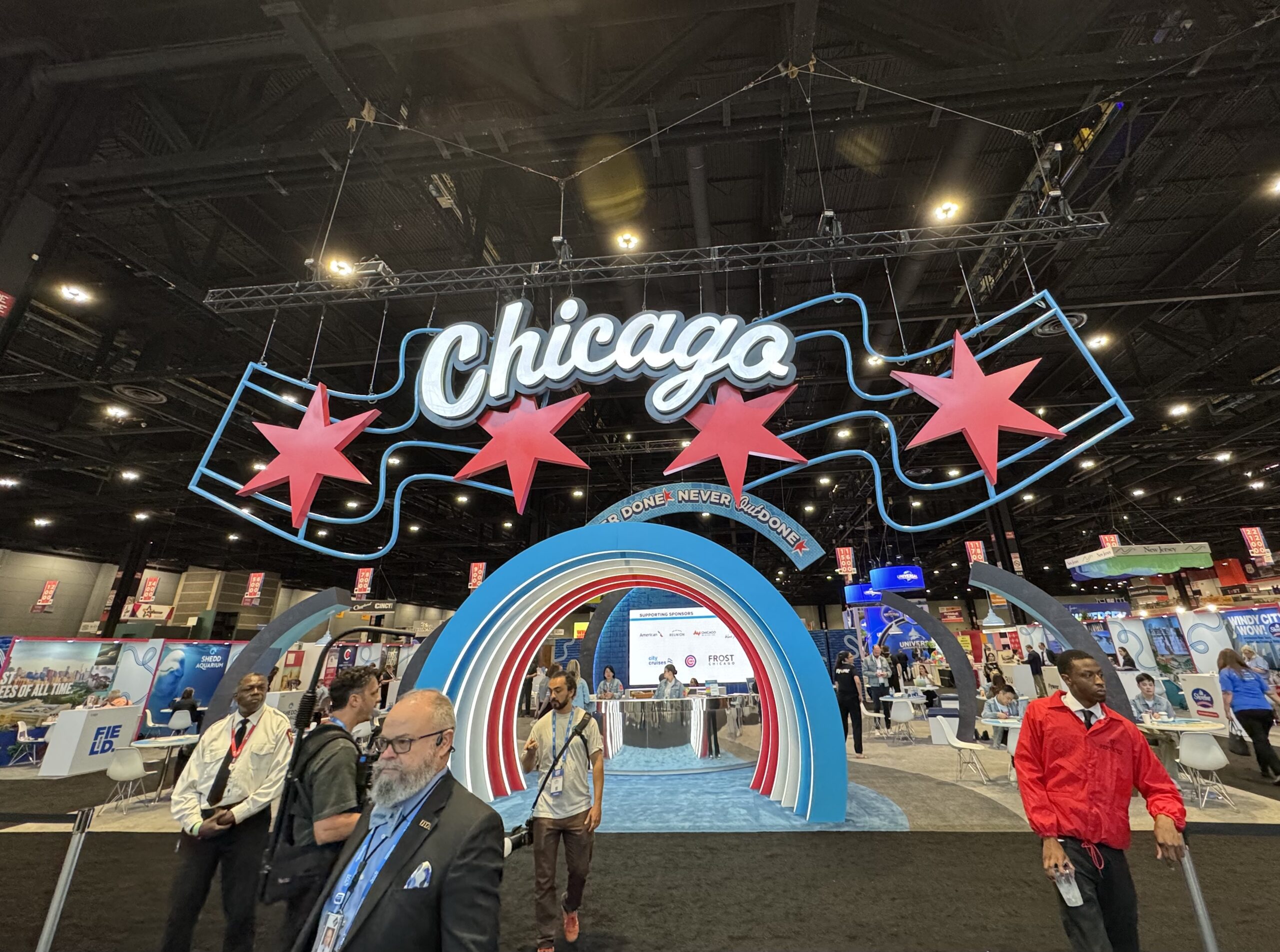



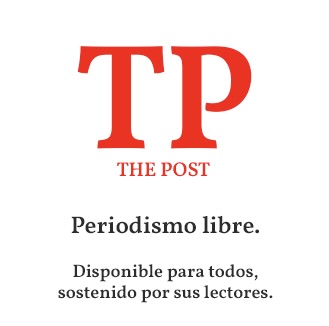
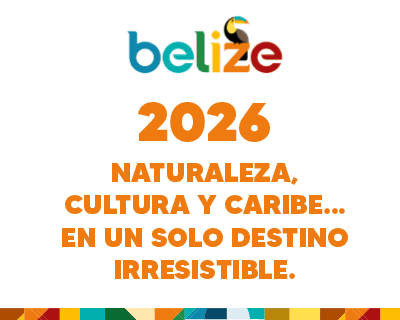
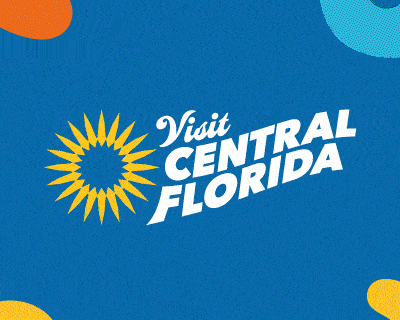

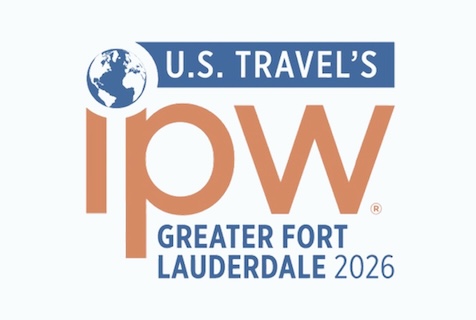
Dejá una respuesta